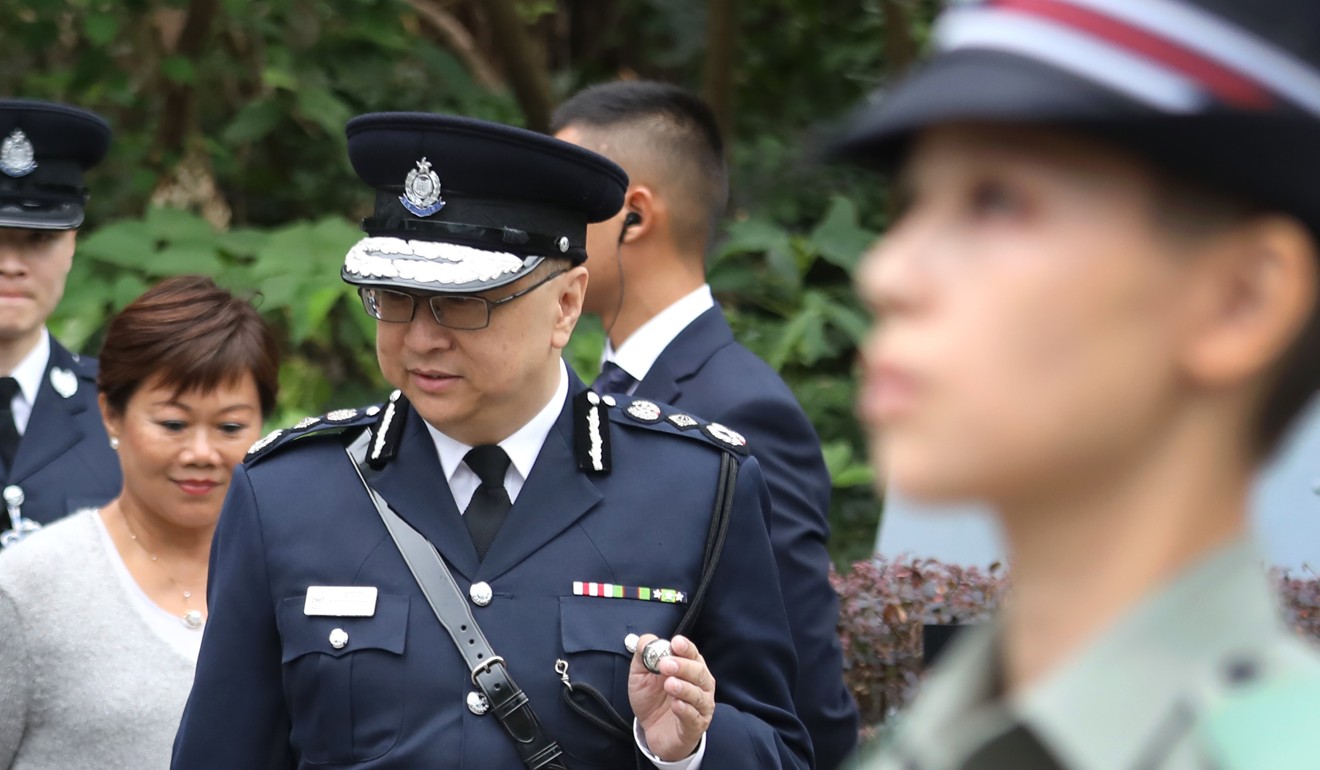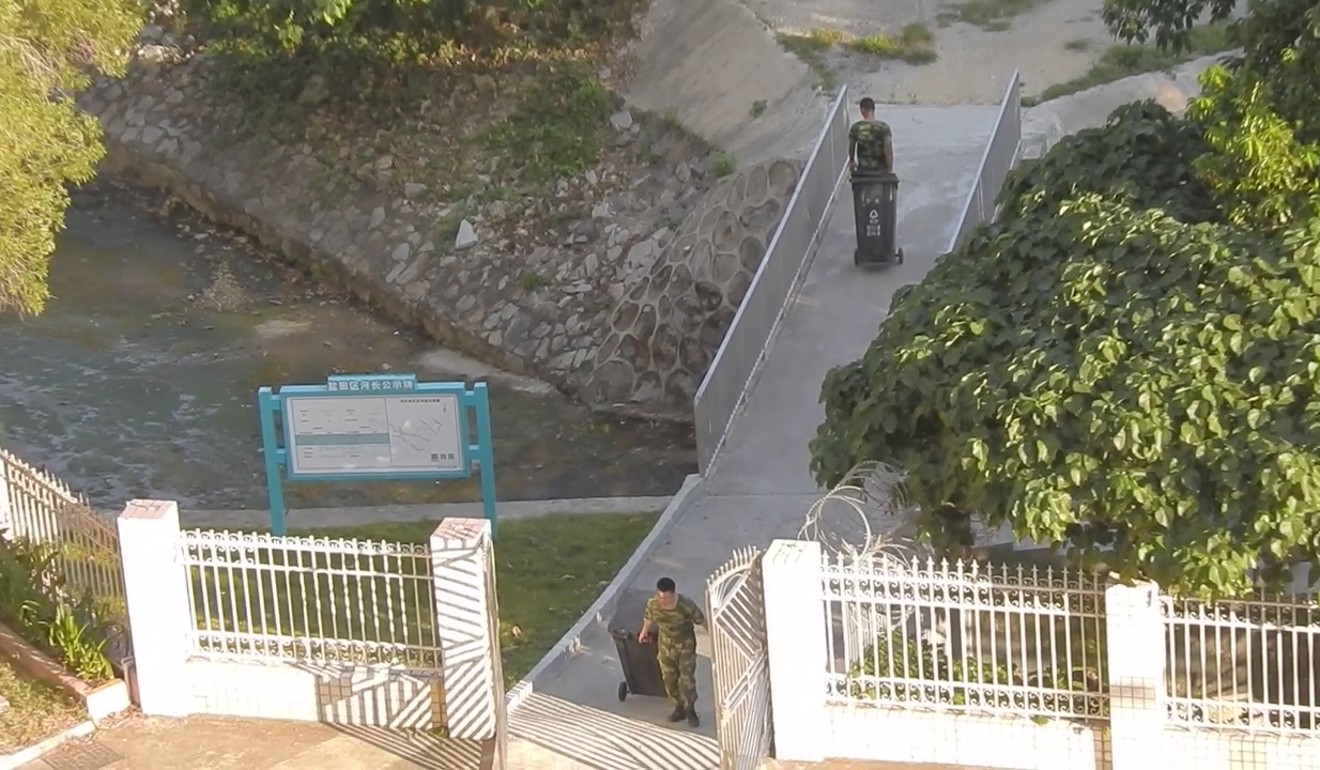
Hong Kong police chief admits the city’s security fence lies ‘some distance’ inside the actual border with mainland China
- Stephen Lo said the fence’s location was determined in the past based on the terrain along the border
- He also acknowledged the force had not recently crossed the barrier to conduct checks because it saw ‘no operational need’
He also admitted that officers had not recently crossed the barrier to conduct security checks as they had seen no operational need.
Lo’s remark came after the city’s leader Carrie Lam Cheng Yuet-ngor revealed the Hong Kong and Shenzhen governments were locked in a border dispute, both sides having a different understanding of how it should be drawn.
The city’s land officials might also step up monitoring of the border by taking aerial pictures.
“Concerning this incident, there is indeed Hong Kong land lying outside the fence … Between the fence and the real boundary, there is still a distance in some areas,” Lo told reporters as he touched on the controversy for the first time, six days after it was exposed.
Lo said that when authorities built the fences, the emplacement was based on the terrain along the border, geo-exploration and the engineering technology of the day.
Police officers patrolled along the fences to catch people entering illegally and to combat cross-border crimes such as smuggling, Lo added. They would only cross the barrier if intelligence showed an operational need. “Recently we have not received such intelligence or seen the need to do so.”
He stressed that spotlights, CCTV cameras and sensor detectors were installed along the fences to monitor the barrier’s integrity around the clock.
Asked if the force should admit responsibility for the intrusion, Lo only said that police would review patrolling strategy along Hong Kong’s borders.
Buy farmland at centre of border row, Hong Kong government urged

How could they fail to spot the intrusion after monitoring the CCTV for six years? It’s the joke of the year
Lawmaker and security veteran James To Kun-sun described Lo’s remarks as “nonsense” and demanded the force investigate if negligence was involved.
“The duty is to patrol our defined border, even outside the cordoned area, rather than guarding the cordoned area only,” To said. “How could they fail to spot the intrusion after monitoring the CCTV for six years? It’s the joke of the year.”
Last Sunday, a Factwire investigation revealed officers from the Guangdong border defence force had turned Hong Kong land next to its garrison in Yantian, Shenzhen, into a 20,000 sq ft garden.
The land lies next to the Sha Tau Kok River in Sha Tau Kok, in the New Territories, and borders the Yantian District of Shenzhen in mainland China. It is situated in what is deemed to be a restricted area by the Hong Kong government, and is about 900 metres northwest of the Sha Tau Kok Immigration Control Point.
According to the FactWire investigation, the land sits alongside the garrison for the 13th company of the corps’ 6th Detachment, and has been connected to the mainland by a newly constructed bridge.
Hong Kong may step up monitoring of border after land grab accusations

Land records showed lots owned by two Hongkongers and two land trusts were affected.
On Wednesday, Lam said Shenzhen officials claimed to have diverted the course of the Sha Tau Kok River, which forms the border, for flood prevention, in 2013 and arbitrarily changed the demarcation point, without telling Hong Kong.
Her government maintained the border had not moved, but Shenzhen had a different understanding of the demarcation. Both sides would listen to legal advice and work together to resolve the dispute, she said.

